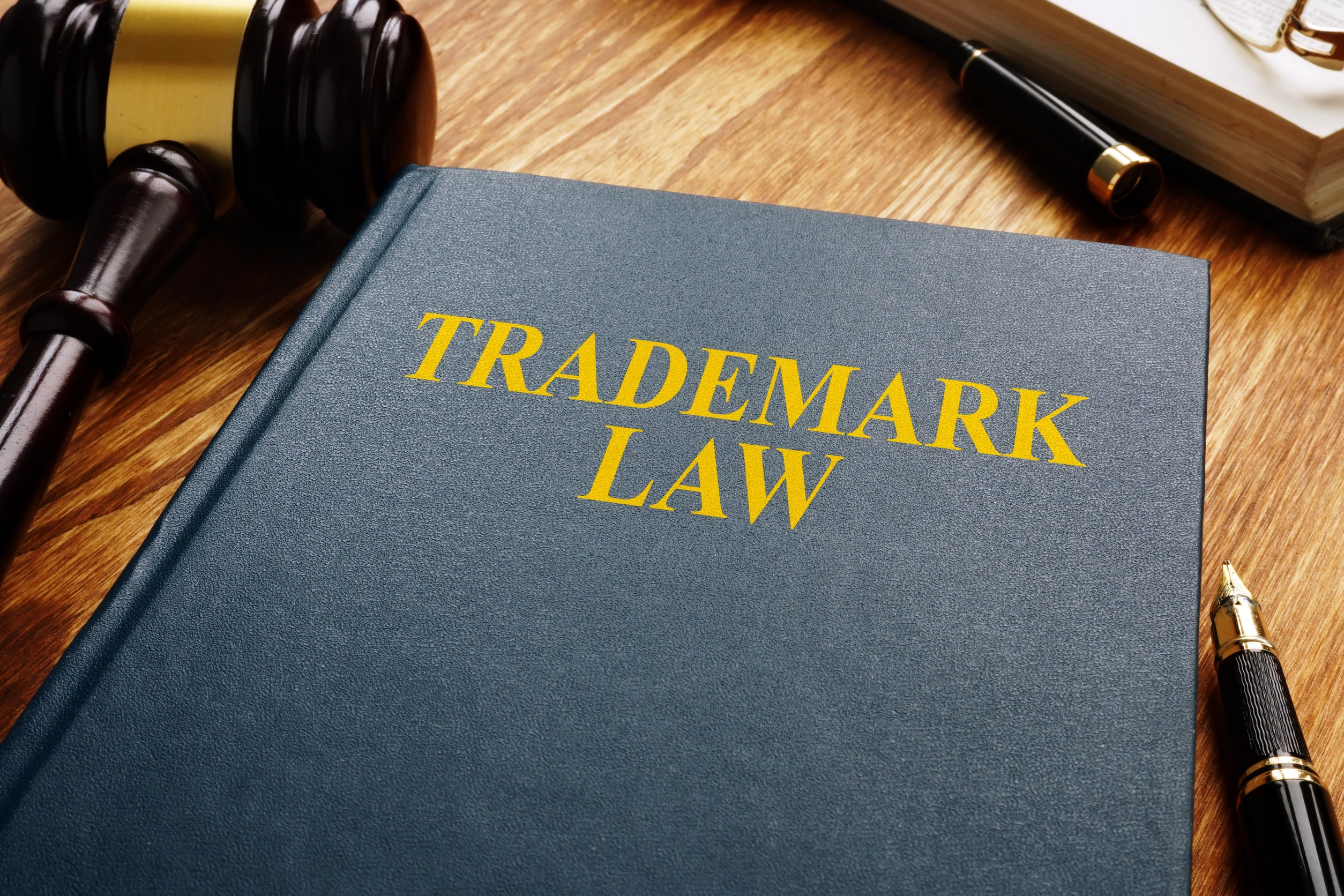One common reason a trademark application may be refused is Section 2(d) of the Lanham Act, which deals with the likelihood of confusion between the applicant’s mark and a previously registered one. The law states:
(d) Consists of or comprises a mark which so resembles a mark registered in the Patent and Trademark Office, or a mark or trade name previously used in the United States by another and not abandoned, as to be likely, when used on or in connection with the goods of the applicant, to cause confusion, or to cause mistake, or to deceive…
In other words, a mark may be refused if it is too similar to an existing one in a way that could confuse consumers. However this is not a mechanical process. Instead, it requires a case-specific analysis guided by the du Pont factors, which consider various aspects such as the similarity of the marks, the nature of the goods or services, consumer sophistication, and market conditions.
The du Pont Framework
The factors established in In re E.I. du Pont DeNemours & Co., 476 F.2d 1357 (CCPA 1973), include:
- The similarity or dissimilarity of the marks in their entireties as to appearance, sound, connotation, and commercial impression;
- The conditions under which, and buyers to whom, sales are made (impulse vs. careful purchasing);
- The similarity or dissimilarity and nature of the goods described in the application or registration; and
- The extent to which the owner has the right to exclude others from use of the mark.
Even where marks share dominant features, courts have recognized that similarity in one respect, such as sound or appearance, does not automatically result in confusion, especially where the goods or services differ significantly (In re White Swan Ltd., 8 USPQ2d 1534). The points of comparison for a word mark are (i) appearance, (ii) sound, (iii) meaning, and (iv) commercial impression.
Overall Impression Matters
The overall commercial impression a mark gives is what really matters. As in First Savings Bank F.S.B. v. First Bank System Inc., 101 F.3d 645, even if two marks use the same main words, that does not necessarily mean they are confusingly similar. What really matters is whether the total effect conveyed by the marks (full impression of the marks) is likely to lead consumers to believe they come from the same source.
For example, in General Mills, Inc. v. Kellogg Co., the court found that “Oatmeal Raisin Crisp” and “Apple Raisin Crisp” were not confusingly similar, despite both including “Raisin Crisp.” Similar case in First Savings Bank F.S.B. v. First Bank System Inc., the marks for “FirstBank” and for “First Bank Kansas” were found not to be confusingly similar.
Commercial Impressions and Connotations
If marks create distinct commercial impressions, confusion is unlikely. In simple words, if the trademarks look or feel different, people probably will not get them confused. For instance, in Shen Mfg. Co. v. Ritz Hotel Ltd., the court ruled that “THE RITZ KIDS” for clothing and “RITZ” for kitchen textiles created sufficiently separate and distinct impressions, due to the different commercial impression.
Connotations matter: The meaning or connotation of a mark must be determined in relation to the named goods or services. Even marks that look or sound similar may convey different meanings when viewed within the context of their respective industries. For example, in In re Sears, Roebuck & Co., “CROSS-OVER” for bras and “CROSSOVER” for sportswear were held not to be confusingly similar because of the different meanings they carried in context. Similar to In re British Bulldog, “PLAYERS” for men’s underwear and “PLAYERS” for shoes were held not likely to cause confusion.
Sophisticated Consumers Minimize Confusion
Consumer sophistication is another critical factor. When consumers are likely to exercise care in making a purchase, the chances of them confusing similar marks are reduced. In In re N.A.D., Inc., the Federal Circuit examined the marks NARCO and NARKOMED, which were used on similar products. Although the marks are similar, the court found that confusion was unlikely because the products are purchased by sophisticated professionals who exercise a high level of care. As knowledgeable and attentive consumers, they were unlikely to confuse the two brands, even though the names sound similar.
This principle is especially relevant in the music industry which is populated with highly loyal and discerning consumers who have strong preferences regarding music genres and artists. As such, consumers would exercise not just sufficient but extraordinary care in the purchase of musical services that clearly would minimize any potential for a likelihood of confusion between the respective trademarks. Additionally, purchasing tickets to live music performances requires a large financial and time commitment, when compared to just purchasing a quick service. A consumer purchasing tickets to a musical performance will take care to ensure that they are purchasing tickets for the correct artist. Consumers are likely to exercise extraordinary care, which significantly minimizes any likelihood of confusion.
Related Goods Must Still Be Contextualized
Even when products or services belong to the same general category—like live music—confusion between brands is not guaranteed. For example, in Coach Services, Inc. v. Triumph Learning LLC, both companies used the mark “COACH,” but because one was in the test preparation industry and the other in fashion, the court found that confusion was unlikely due to the distinct nature of their businesses.
This principle was reaffirmed in Quartz Radiation Corp. v. Comm/Scope Co., where the marks “QR” used for coaxial cables and for blueprint machine parts were found not to be confusingly similar because the products served different functions, targeted different markets, and had different types of buyers. Therefore, there is no rigid rule that certain goods or services are automatically related or that similar marks used on them will necessarily cause confusion.
Weak Marks Deserve Limited Protection
Finally, the strength of a trademark is a key factor when assessing the likelihood of confusion. A strong trademark is one that is widely recognized by the public and immediately identifies a single producer or source of the product. The strength of a mark is judged based on two things: (1) how distinctive or unique the mark is in concept, and (2) how well-known the mark is in the marketplace. Courts often consider personal names descriptive and not inherently strong. They are inherently weak unless they have developed a “secondary meaning,” where consumers have come to specifically associate those terms with a particular source over time.
In Brennan’s, Inc. v. Brennan’s Restaurant, L.L.C., the court held that common surnames carry limited trademark protection. The rationale behind this is to avoid granting monopoly rights over common words, which could unfairly restrict competition and commerce.
When a trademark is considered weak, meaning it’s not very distinctive or unique, even small differences between two similar marks can be enough to prevent confusion. This is because weak marks get less legal protection compared to strong, more distinctive marks. In In re Dayco Products – Eaglemotive Inc., the court explained that weak marks have a narrower scope of protection, so they do not prevent other marks that are somewhat similar from being used.
Conclusion
When evaluating the likelihood of confusion in trademark law, context is everything. Simply sharing a name or word does not establish confusion—commercial impression, target audience, sophistication of consumers, strength of the mark, and other nuanced factors play a vital role.
The du Pont analysis requires a comprehensive and thoughtful evaluation. Whether advising clients, preparing an appeal, or responding to a refusal, it is essential to address each factor thoroughly, supported by substantive evidence and relevant case law.
If you have questions or would like to discuss about trademark law, please contact EPGD Business Law in Miami, Florida, at (786) 837-6787 or email us to schedule a consultation.


